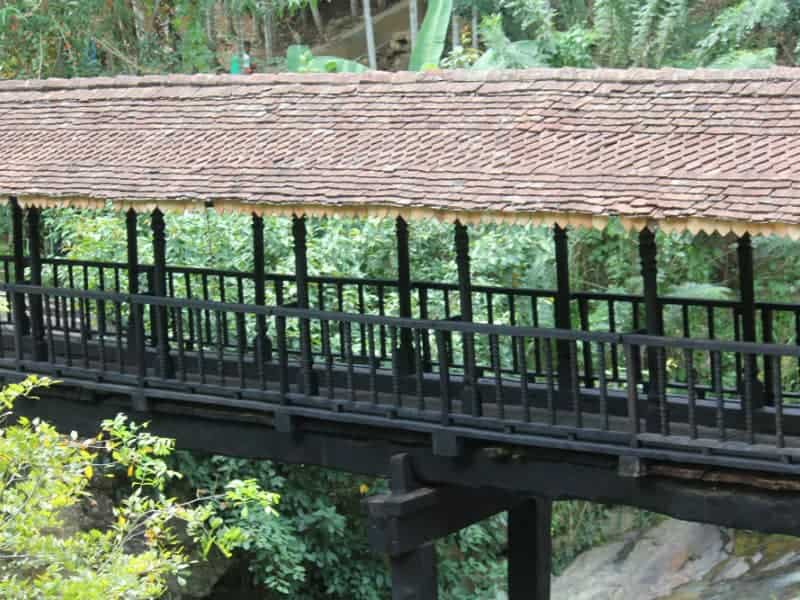The Bogoda Bridge is the oldest wooden bridge in the world, dating back to the last independent kingdom in the country, centered on the hills of Kandy, around the 16th Century. In the rest of the country there was turmoil thanks to the Portuguese invaders and the Kandyan Kingdom was in its infancy as a major center of Sinhalese power. However, there is a temple beside the bridge that is much older, dating back to at least the 1st Century BC, to Anuradhapura’s early days themselves. Incredibly enough this bridge was made without a single nail, and instead completely out of the wood of the common dry zone kumbuk tree and others. As per the lore surrounding Bogoda, it was made under the guidance of a father-son duo with the assistance of an amazingly skilled carpenter.
The bridge itself is just fifty feet long, not as vast as some others in the country or even the other constructions in the island but was large enough and strong enough to allow pilgrims to use it as a roadside inn. In fact it was probably roofed at one point in history and thus the reconstruction that still stands has a slanted tiled roof over it. These inns along the side of the road, known as ambalamas, were built for priests and travelers on the road and were essentially longhouses with a number of narrow, tall pillars. This bridge connects the chambers and tunnels adjoining the Dowa Cave Temple with the Mahaweli River. Specifically the Bogoda Bridge is built over an arm of the Uma Oya named the Gallanda Oya. The adjoining temple was built during the reign of Valagamba and had been built over an even older temple dedicated to Vishnu. The Buddhist temple itself held a statue carved in the meditative Samadhi posture.
Written by Vasika Udurawane for Travel Lanka Compass



0 Comment